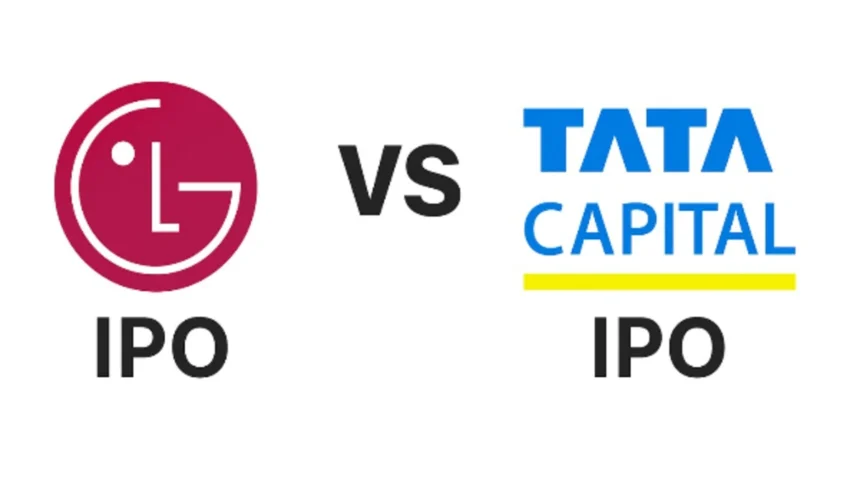India stock market is heading into one of its busiest and most high-stakes weeks yet, as two major public offerings — Tata Capital ₹15,511 crore IPO and LG Electronics India ₹11,607 crore offer-for-sale (OFS) — open for subscription. Together, these two mega issues will raise more than ₹27,000 crore, accounting for nearly 90 percent of the ₹30,000 crore expected to be mobilized through IPOs this week.
While this signals strong appetite in India booming primary market, experts warn that such large fundraises could temporarily drain liquidity from the secondary market, especially in mid- and small-cap segments that depend heavily on institutional buying support.
Despite the benchmark indices closing higher for the second consecutive session on Friday, analysts believe the ongoing rally may hit a pause as institutional funds shift focus. “Secondary markets will see some sluggishness due to a liquidity crunch, especially in midcaps and smallcaps,” said Pankaj Tibrewal, founder of Ikigai Investments.
The combined scale of the Tata Capital and LG issues is expected to significantly impact available institutional liquidity. Assuming a 50 percent allocation for Qualified Institutional Buyers (QIBs), the two IPOs together would require approximately ₹13,559 crore from institutional investors. That figure already exceeds the average weekly deployable capital of mutual funds, which typically have around ₹8,000 crore at their disposal for equity purchases.
Based on this year average inflows of ₹30,000–₹40,000 crore per month into equity mutual funds — with ₹33,400 crore recorded in August — total domestic institutional buying power, including mutual funds, insurers, banks, and pension funds, stands at about ₹33,000 crore per week. The two large IPOs will absorb a significant portion of that, leaving limited liquidity for secondary market trading.
Foreign institutional investors (FIIs) add another dynamic to this scenario. While they have sold nearly ₹2 lakh crore in the secondary market so far this year, they have simultaneously invested over ₹40,000 crore in IPOs. This suggests that FIIs remain enthusiastic about India primary market opportunities but are cautious about holding onto listed equities amid global uncertainty.
Market experts say this dual activity pattern — heavy IPO participation but secondary market outflows — highlights a temporary liquidity strain rather than a shift in long-term sentiment. Once the IPOs conclude and funds start circulating back, analysts expect stability to return to the broader market.
For now, however, investors may see a few sessions of subdued activity in mid- and small-cap counters as institutional participation temporarily dips. The successful listing of Tata Capital and LG Electronics India could later inject renewed optimism and pave the way for the next phase of India IPO wave.










